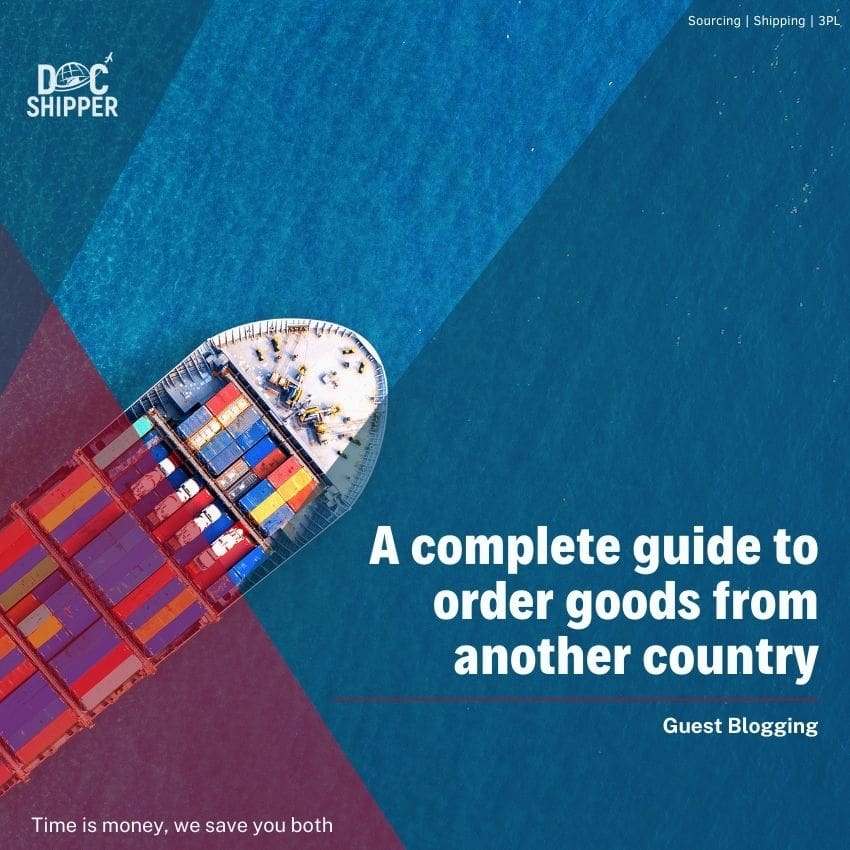2025 Guide: 6 Mistakes to Avoid in Pre-Shipment Inspection
International trade offers businesses several growth opportunities but also exposes them to a variety of commercial, currency, documentary, and product risks. For instance, importers often
E-commerce: How do I Source Products to Sell Online?
Sourcing products to sell can be a real challenge may it be through online or offline channels. You have to make the right decisions in
E-Commerce: Cold Email Templates To Land New Suppliers
Cold email calling is the most effective way of making your lead-generation campaigns more efficient. It is an integral part of the sales process under















